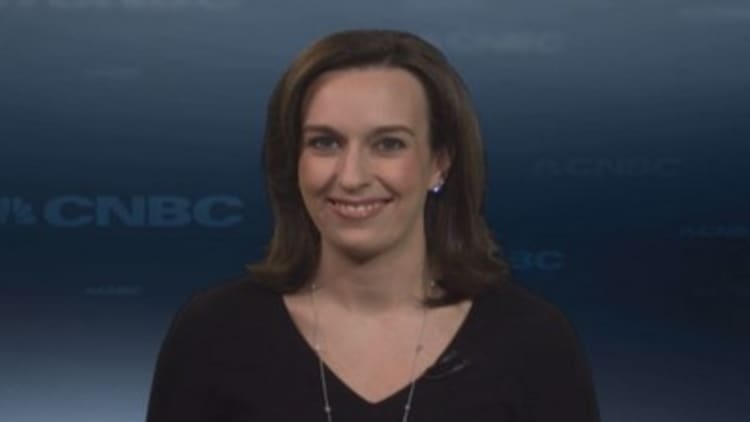
Consumers loading up on some prepaid cards may soon have a better way to gauge the true cost of using them. But for most users, scrutiny is still required.
The Consumer Financial Protection Bureau is expected to issue new rules for the prepaid-card industry as early as this spring, and Sen. Mark Warner, D-Va., recently introduced legislation that would require better fee disclosures. Now, some consumer advocates and banks are trying to get ahead of the regulations.
On Wednesday, The Pew Charitable Trusts unveiled its take on a fee disclosure box for prepaid cards—and Chase announced it would voluntarily adopt that format.
"Pew's research shows that inconsistent disclosures make it difficult to understand the fees associated with each prepaid card," Susan Weinstock, director of Pew's safe checking research, said in the news release. "Terms should be plainly stated so that consumers can make fully informed financial decisions."
Pew said its checking account disclosure model, released in 2012, has been voluntarily adopted by 26 banks and credit unions covering nearly 50 percent of domestic deposits.
(Read more: Why new bans on school junk food ad won't fly)
Reloadable prepaid cards, originally marketed to consumers without a checking account, have become more popular in recent years among other groups, including college students and parents providing an allowance to tweens.
Users can have earnings directly deposited, withdraw cash at ATMs and use the card in lieu of a credit or debit card—while avoiding overdraft fees or debt. Consumers loaded $71.6 billion onto prepaid cards in 2012, up from $28.6 billion in 2008, according to Mercator Advisory Group.
Consumer advocates' complaints about prepaid cards are twofold: They aren't subject to many of the same protections on unauthorized transactions as credit cards, and their fee structures can be confusing and expensive. In Pew's research, for example, fees for prepaid cards might include a purchase fee (average $9.95), monthly maintenance fee ($5.95), per-transaction fee ($1), out-of-network ATM fee ($2), and live customer service call fee ($1.95)
"Historically, they've had very high fees," said Brian Riley, a senior research director at CEB TowerGroup. "Checking the balance on your prepaid card, that's something silly to get a charge for."

A spokeswoman for the Network Branded Prepaid Card Association said the industry group encourages members to provide "clear and conspicuous disclosures" in multiple locations, including the back of the card and on card packages. "We're all for consumers comparison shopping," she said.
(Read more: Drowning in student debt? Maybe you can refinance)
But experts say the voluntary measures pushed by advocates and industry groups aren't a replacement for federal legislation and regulation.
"While the Pew disclosure is helpful, without question, when you have 50,000 banking institutions, this issue cannot be solved from the nongovernment sector," said Odysseas Papadimitriou, chief executive of comparison site CardHub.com. "It works horribly in terms of trying to change the industry one bank at a time."
Chase being first in on the voluntary disclosures isn't necessarily a game-changer either, Riley said. The company announced in January that it plans to phase out its business of issuing prepaid cards for corporate payrolls and government tax refunds and benefits, although it will still issue its prepaid Liquid cards to consumers. "It doesn't have the same oomph as if American Express announced they're taking the lead," Riley said.
(Read more: Whether PIN or signature, smart cards are coming)
Still, prepaid card fees pale in comparison to traditional checking fees. A recent CardHub.com study found that most checking accounts have 20 to 40 different fees associated with them, versus an average of 10 fees for prepaid cards.
Over the course of a year, the cost to use a prepaid card ranges from $58 to $333.75, depending on the card and whether you use direct deposit, according to a 2013 Bretton Woods study. For a checking account, costs range from $250 to $473.
—By CNBC's Kelli B. Grant. Follow her on Twitter @Kelligrant and on Google.


